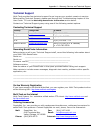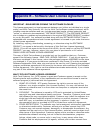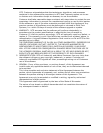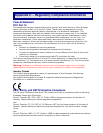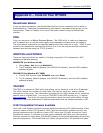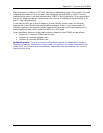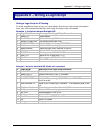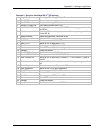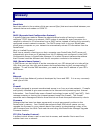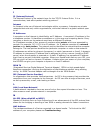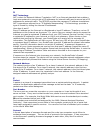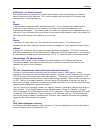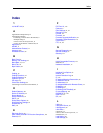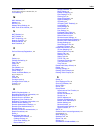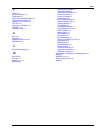
Glossary
RouteFinder RF500S User Guide 135
PPP (Point -to- Point Protocol)
PPP enables dial-up connections to the Internet and is the method that your network
device connects to the Internet. PPP is more stable than the older SLIP protocol and
provides error checking features.
R
Router
A device which forwards traffic between networks. If you request information from a
location on your network or the Internet, the router will route the request to the
appropriate destination. The router’s job is to listen for requests for IP addresses that are
not part of your LAN and then route them to the appropriate network which may either be
the Internet or another sub-network on your LAN.
S
Server
A provider of resources (e.g., file servers and name servers). For example your
RouteFinder provides Internet Access and can be thought of as an Internet Access Server.
Subnet
A portion of a network that shares a common address component. On TCP/IP networks,
subnets are defined as all devices whose IP Addresses have the same prefix. For example,
all devices with IP addresses that start with 213 .0 .0 .would be part of the same subnet.
Subnet Mask /IP Address Mask
Subnet mask is what is used to determine what subnet an IP address belongs to.
Subnetting enables the network administrator to further divide the host part of the
address into two or more subnets.
T
TCP/IP (Transmission Control Protocol/Internet Protocol)
A suite of communication protocols used to connect hosts on the Internet. Every
computer that wants to communicate with another computer on the Internet must use the
TCP/IP protocol to transmit and route data packets. The format of an IP address is a 32-
bit numeric address written as four octets separated by periods. Each number can be zero
to 255. Within an isolated network, you can assign IP addresses at random as long as
each one is unique. However, connecting a private network to the Internet requires using
registered IP addresses to avoid duplication.
The four groups of numbers (octets) are used to identify a particular network and host on
that network. The InterNIC assigns Internet addresses as Class A, Class B, or Class C.
Class A supports 16 million hosts on each of 127 networks. Class B supports 65,000 hosts
on each of 16,000 networks. Class C supports 254 hosts on each of 2 million networks.
Due to the large increase in access to the Internet, new classless schemes are gradually
replacing the system based on classes.
U
UDP (User Datagram Protocol)
An Internet Standard transport layer protocol. It is a connectionless protocol that adds a
level of reliability and multiplexing to IP.



